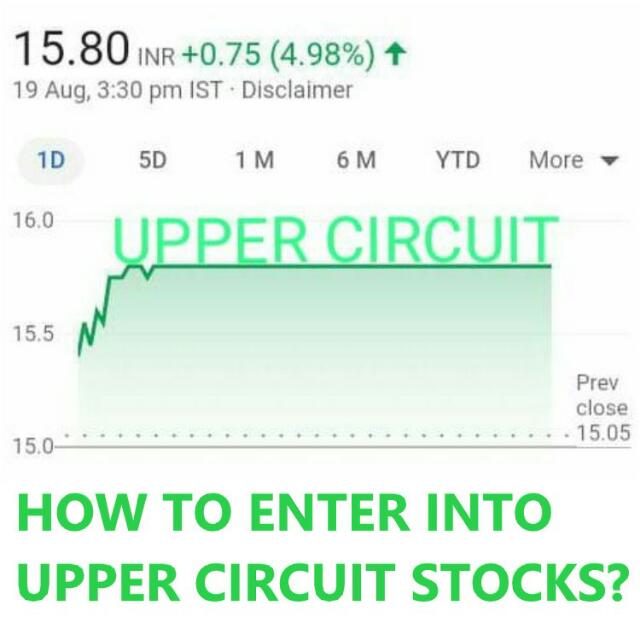A Comprehensive Guide to Options Trading Strategies: Maximizing Opportunities in the Financial Markets
Introduction:
Options trading is a versatile and dynamic approach to investing in the financial markets. It offers traders the opportunity to profit from price movements in various assets while providing flexibility and risk management tools. To navigate the world of options trading successfully, understanding different options trading strategies is essential. In this article, we will provide a comprehensive guide to options trading strategies, equipping you with the knowledge to maximize opportunities in the financial markets.
1. Call and Put Options:
Before delving into strategies, it's important to grasp the fundamentals of call and put options. A call option gives the buyer the right to buy an underlying asset at a predetermined price (strike price) within a specified time frame. A put option, on the other hand, grants the buyer the right to sell an underlying asset at a predetermined price within a specific time period. Both call and put options can be utilized in a variety of strategies to achieve different objectives.
2. Covered Call Strategy:
The covered call strategy involves selling call options on an underlying asset that you already own. By selling these options, you generate income in the form of premiums while still retaining ownership of the asset. This strategy can be effective in generating additional income from your existing holdings, particularly in sideways or slightly bullish markets.
3. Protective Put Strategy:
The protective put strategy is used to hedge against potential downside risk. It involves buying put options on an underlying asset to protect its value in case of a price decline. By purchasing put options, you have the right to sell the asset at a predetermined price, limiting potential losses. This strategy is commonly employed by investors seeking to protect their portfolios during volatile market conditions.
4. Long Straddle Strategy:
The long straddle strategy involves purchasing both a call option and a put option with the same strike price and expiration date. This strategy is implemented when traders anticipate significant price volatility in the underlying asset but are uncertain about the direction of the price movement. The goal is to profit from a significant price swing in either direction. Traders employing this strategy hope that the gains from one option will offset the loss from the other.
5. Bull Call Spread Strategy:
The bull call spread strategy is a limited-risk, limited-reward strategy used when traders have a moderately bullish outlook on an underlying asset. It involves simultaneously buying a call option with a lower strike price and selling a call option with a higher strike price. The premium received from selling the higher strike call option helps offset the cost of buying the lower strike call option. The objective is to profit from a moderate upward move in the underlying asset's price.
6. Bear Put Spread Strategy:
The bear put spread strategy is the bearish counterpart to the bull call spread strategy. It is used when traders have a moderately bearish outlook on an underlying asset. This strategy involves simultaneously buying a put option with a higher strike price and selling a put option with a lower strike price. The premium received from selling the lower strike put option helps reduce the cost of buying the higher strike put option. The goal is to profit from a moderate downward move in the underlying asset's price.
7. Strangle Strategy:
The strangle strategy is employed when traders expect significant price volatility in an underlying asset but are uncertain about the direction of the price movement. It involves buying both a call option and a put option with different strike prices but the same expiration date. The goal is to profit from a substantial price swing in either direction. Traders utilizing this strategy hope that the gains from one option will offset the loss from the other.
Conclusion:
Options trading strategies provide investors with a range of tools to capitalize on opportunities and manage risk in the financial markets



